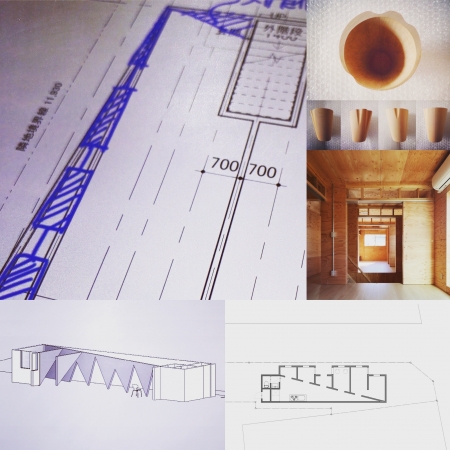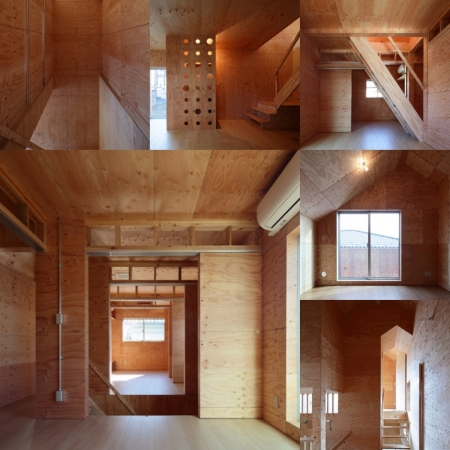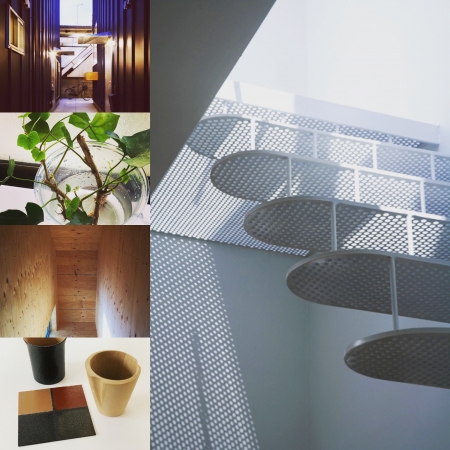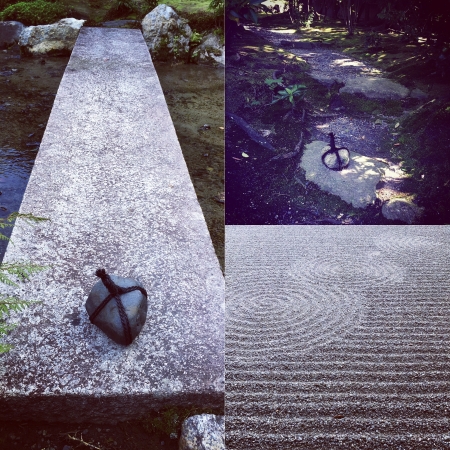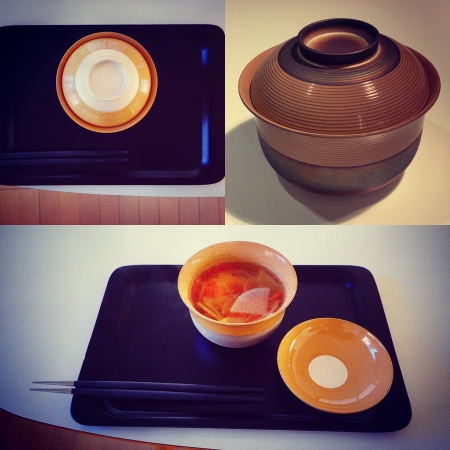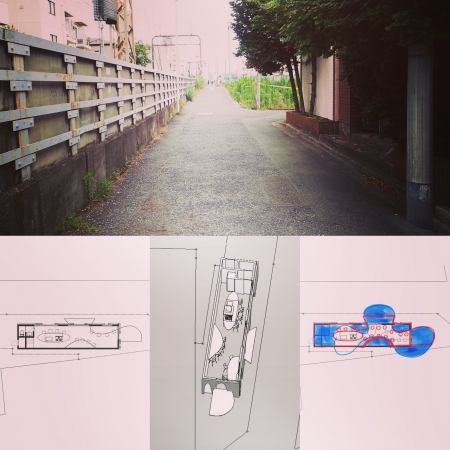不完全なものは何かを足すことによって完全なものになるということで創造性を喚起し、完全なものは創造性を喚起しないが完全度の高さが何かを教示する。
ギリシャのパルテノン神殿を見て何だかわからないし、廃墟にしか見えないが、建築的には幾何学の極致で、輪郭と構造と細部の形態は完全なものであり、お手本であるという。お手本とは目指すところであり、いつでも立ち返られるところであり、存在するだけで意味がある。
不完全なものは存在するだけでは何にもならない。何かを足される状況ではじめて意味が出る。建築において何かを足してくれる存在は人しかいないので、人と建築の関係性の中で建築をどうするかと考えるならば、不完全なものにすることには妥当性がある。
不完全なものは完全なものから何かを引いた状態であり、何かを引くという行為はシンプルで必要最小限なものを目指すことにつながるから、ミニマムなものと不完全なものは相性がよさそうだ。
結果としてミニマムなものをつくることは人の創造性を喚起するだろうし、その果てにはパルテノン神殿があり、この一連の流れは時間軸を遡ることになる。時間は未来から過去に流れるとは哲学者のどなたかが唱えていたが、実際の建築行為は時間を遡ることに逆行する。
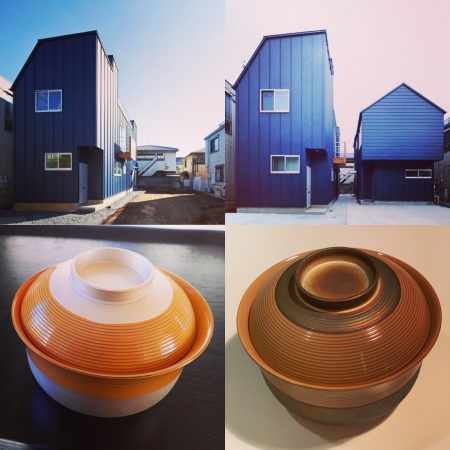
建築で時間を扱うならば、創造性の時間の流れと実際の建築行為の時間の流れの違いを埋める必要があり、不完全なものと完全なものの相違を考えることが建築の時間性を炙り出してくれて、建築で時間そのものを扱えるようにしてつくれるのだろうが、時間の経過にいまひとつ興味が湧かない理由もわかった。
"How to handle time in architecture"
The imperfect one evokes creativity by adding something to make it perfect, and the perfect one does not evoke creativity but teaches what a perfect fifth is.
Looking at the Parthenon in Greece, I don't know what it is, and it looks like a ruin, but it is architecturally the culmination of geometry, and the outline, structure, and form of details are perfect and model. A model is a goal, a place where you can always return, and it makes sense just to exist.
The existence of imperfections is nothing. It only makes sense when something is added. Since there are only people who can add something in architecture, it is reasonable to make it incomplete when considering what to do with architecture in the relationship between people and architecture.
The imperfect one is the state of pulling something from the perfect one, and the act of pulling something leads to aiming for the simple and minimum necessary, so the minimum and the imperfect are compatible It looks good.
As a result, creating something minimal will arouse human creativity, and at the end is the Parthenon, a series of steps that goes back in time. Some philosophers have argued that time flows from the future to the past, but the actual building practice goes against going back in time.
When dealing with time in architecture, it is necessary to bridge the difference between the flow of time of creativity and the flow of time of actual building act, and thinking about the difference between imperfect and perfect reveals the time of architecture. I think it's possible to make it so that architecture can handle time itself, but I also understand why I'm not interested in the passage of time.


